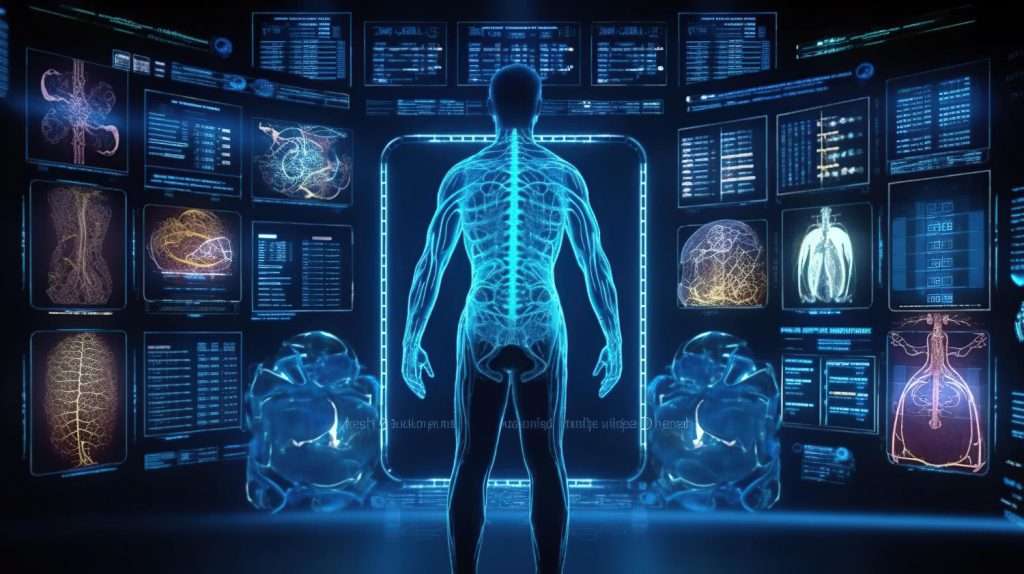Deep neural networks in generative AI have numerous applications and offer solutions to a plethora of problems. They can help automate content creation, improve user interaction in virtual reality, develop realistic simulations for training AI models, generate high-quality graphics for videos, and more.
Essentially, they can greatly enhance the creativity and efficiency of an organization’s operations.
How can deep neural networks automate content creation?
One of the primary advantages of deep neural networks in generative AI is the automation of content creation. They can be programmed to generate text, visuals, and other forms of digital content based on input data, significantly reducing the manual labor involved in these processes.
This not only speeds up content production but also allows for customization and scalability. Given the proper training, networks can produce unique, high-quality content en masse, personalized for various target groups.
Can deep neural networks enhance virtual reality experiences?
Yes, indeed. Deep neural networks have shown great promise in enhancing virtual and augmented reality experiences 🥽🤖. They can generate realistic landscapes, characters, and objects in real-time, thus creating immersive environments for users.
Furthermore, they can learn from user interactions, adapting the virtual environment to suit individual preferences and behaviors. This not only enriches user experience but also opens new avenues for personalized gaming and interactive learning.
How can deep neural networks aid in data-driven decision-making?
Deep neural networks are exceptionally proficient in analyzing vast amounts of complex data efficiently. They can identify patterns, apply learning, and make predictions, simplifying the process of data-driven decision-making.
These decision-making capabilities can be particularly beneficial in sectors like finance 📈, where they can help forecast market trends, or in healthcare 🏥👩⚕, where they can aid in diagnosis and treatment planning. Moreover, as these networks learn from new data, their predictions and insights become increasingly accurate.

What role do deep neural networks play in utilizing generative AI?
Generative AI, as the name implies, is about generating new content or data. Deep neural networks are at the heart of this aspect. They are used to generate synthetic, high-quality data for training ML models when real-world data is limited or expensive to acquire.
Furthermore, these networks can be used to improve the clarity and precision of existing data, making it more interpretable for other AI models. All this helps to streamline the utilization of generative AI and maximize its impact across diverse fields.
Conclusion
The value brought by deep neural networks in generative AI cannot be overstated. They can not only automate content creation but also enhance user experiences in virtual reality, streamline data-driven decision-making processes, and simplify the utilization of generative AI itself.
In light of these wide-ranging capabilities, integrating deep neural networks can help resolve a variety of issues and drive operations to new heights.
For a more detailed understanding of this topic, have a look at this article: Fundamental Elements of a Deep Neural Network in Generative AI. 🚀
- Analyzing Patterns in Failed Products - July 25, 2024
- Hybrid Cryptographic Systems - July 24, 2024
- Inadequate Threat Intelligence Integration - July 23, 2024
